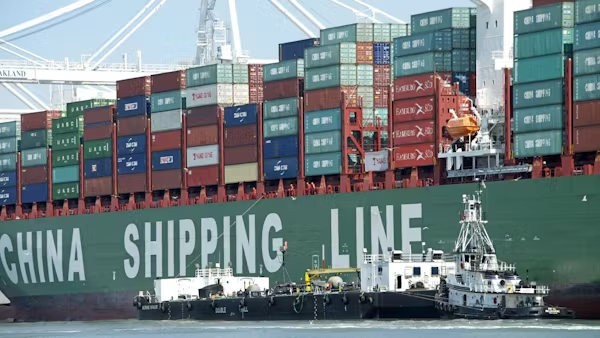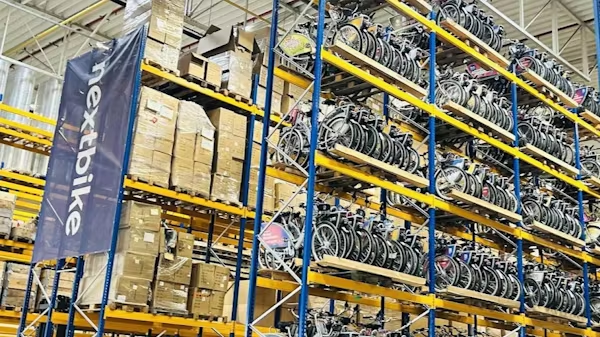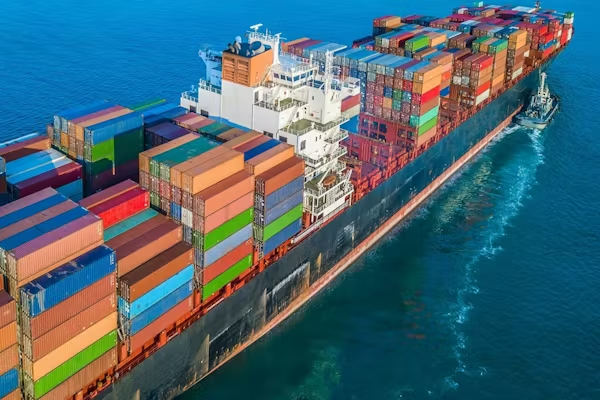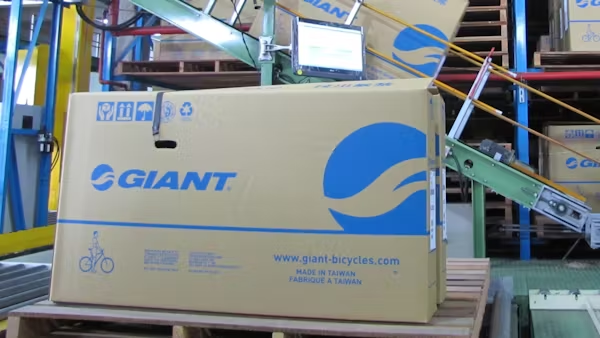Cycling Politics: The UK’s Anti-Dumping Duties and Their Impact
As cycling enthusiasts, we often focus on the gears, tires, and routes that make our rides enjoyable. However, broader economic policies can also significantly affect our biking experience. Recently, the UK’s Trade Remedies Authority (TRA) recommended that anti-dumping duties on bicycles and certain components imported from China remain in place until 30 August 2029. This decision, influenced by existing EU trade policies, aims to protect domestic manufacturers from unfair competition. Let’s explore what this means for cyclists in the UK and beyond.
What Are Anti-Dumping Duties?
Anti-dumping duties are tariffs imposed on foreign imports that are priced below fair market value. These measures are designed to protect local industries from being undercut by cheaper foreign products. In the context of bicycles, this means that the cost of importing bicycles and bike components from China could rise, affecting the prices that consumers pay in local shops.
For cyclists, this potentially translates to higher prices for bikes and components, particularly entry-level models that many new cyclists might choose. Understanding these duties can help consumers become more savvy shoppers, ensuring they know the factors influencing bike prices outside of just the brand name and model.
The Trade Effects on Local Cyclists
Continuing these anti-dumping duties could have several implications for cyclists and the biking industry in the UK. On one hand, protecting local manufacturers may lead to a resurgence of domestic bike production, which can offer improved quality and support local economies. Bike brands that produce locally might invest more in innovation and sustainability, tailored specifically for the British market.
However, on the flip side, these duties could limit the availability of affordable bicycles and components in the marketplace. For many cyclists, particularly those just entering the sport or those who rely on biking as a primary mode of transport, higher prices could deter them from making purchases or upgrading their gear. As such, it’s essential to keep an eye on market trends and explore options like buying from local bike shops, which can often provide valuable advice and services.
Navigating the Market Changes
As the TRA’s recommendation heads to the government for consideration, cyclists should be proactive. Here are some tips on navigating potential price increases:
- Research and Compare Prices: Keep an eye on both local and online retailers. Shopping around can help you find competitive prices, even before potential hikes.
- Consider Secondhand Options: The secondhand market for bikes and components is thriving. Websites and local shops often have multiple listings, allowing you to find quality bikes at more affordable prices.
- Invest in Quality: If you’re planning to buy, consider investing in higher-quality bikes and components. Although the initial cost might be higher, investing in durable gear can save you money in the long run.
The Road Ahead
As cyclists, we must stay informed about how global economics can impact our ride. The TRA’s recommendation to continue anti-dumping duties on bicycles underscores the relationship between trade policies and local markets. While these duties aim to protect domestic manufacturing, they also pose challenges for affordability and access.
In conclusion, whether you’re a commuting cyclist or a weekend warrior, understanding these dynamics is crucial. Stay informed, shop smart, and continue to enjoy the freedom and thrill that cycling brings. The road ahead may have its bumps, but with the right approach, we can navigate it together.
Original article: Click here











